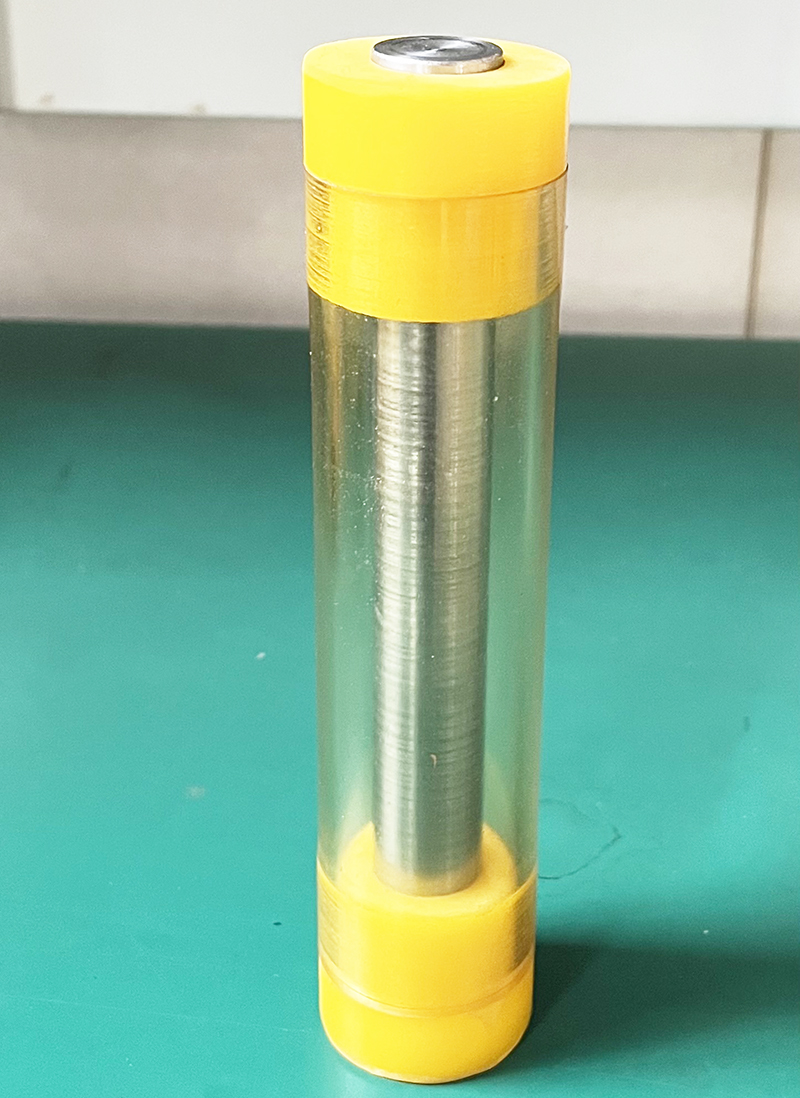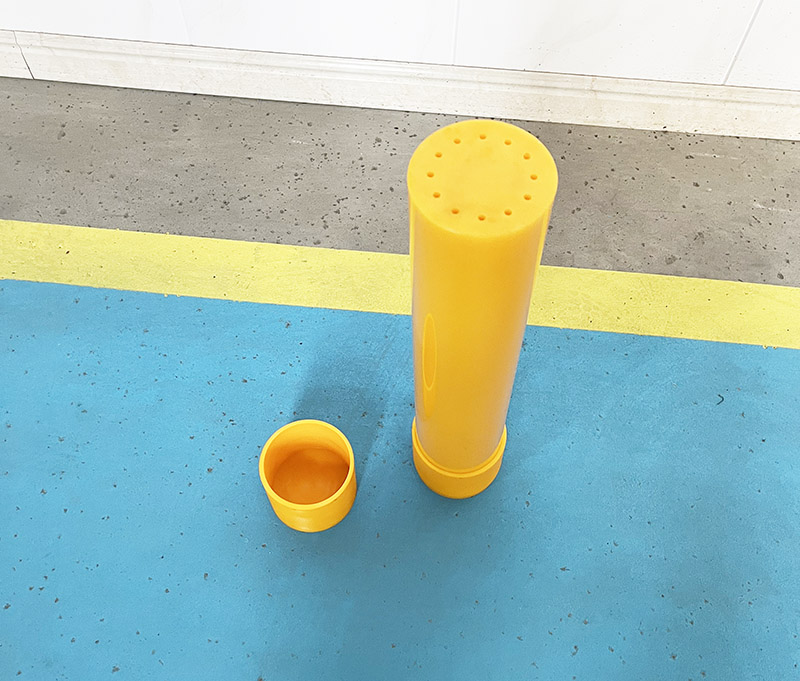

Characteristics of isostatic graphite
Isotropy: There are three main methods of forming carbon and graphite products, namely: hot extrusion molding, such as the production of graphite electrodes for steelmaking; compression molding (including vibration molding) and for aluminum carbon and electric carbon products; isostatic Compression molding. Although the molding methods are different, the molding principles are the same. The direction perpendicular to the pressure surface is different from the direction horizontal to the pressure surface, which is called "anisotropy". This "anisotropy" is beneficial and indispensable to graphite electrodes for steelmaking and brushes for motors. They need this feature. In many other occasions, "anisotropy" is not needed, but "isotropy" is required. So there is isostatic graphite.
The material formed by isostatic pressing is pressed in one direction (or two directions) to be pressed in multiple directions (all directions), and the carbon particles are always in a disordered state. So that the product has little or no difference in performance. The performance ratio in the direction is not greater than 1.1. People call it: "isotropy".
Characteristics of isostatic graphite:
Isotropy: There are three main methods of forming carbon and graphite products, namely: hot extrusion molding, such as the production of graphite electrodes for steelmaking; compression molding (including vibration molding) and for aluminum carbon and electric carbon products; isostatic Compression molding. Although the molding methods are different, the molding principles are the same. The direction perpendicular to the pressure surface is different from the direction horizontal to the pressure surface, which is called "anisotropy". This "anisotropy" is beneficial and indispensable to graphite electrodes for steelmaking and brushes for motors. They need this feature. In many other occasions, "anisotropy" is not needed, but "isotropy" is required. So there is isostatic graphite.
The material formed by isostatic pressing is pressed in one direction (or two directions) to be pressed in multiple directions (all directions), and the carbon particles are always in a disordered state. So that the product has little or no difference in performance. The performance ratio in the direction is not greater than 1.1. People call it: "isotropy".
The main application of isostatic graphite:
1. Heater for Czochralski monocrystalline silicon thermal field and polycrystalline silicon ingot furnace:
In the thermal field of Czochralski single crystal silicon, isostatic graphite components include crucibles, heaters, electrodes, heat insulation shielding plates, seed crystal holders, bases for rotating crucibles, various discs, heat reflection plates, etc. 30 kinds. Among them, 80% of the isostatic graphite is used to make crucibles and heaters. In the manufacturing process of polysilicon wafers for solar cells, polysilicon fragments are first melted and cast into polysilicon square ingots. Among them, the heater of the ingot furnace needs to be made of isostatic graphite.
2. Nuclear energy industry:
For nuclear fission reactors (high temperature gas-cooled reactors), graphite is a neutron moderator and an excellent reflector.
For nuclear fusion reactors, graphite materials with good thermal conductivity and high mechanical strength are used as the first wall material facing the plasma.


Jiangsu High Industry focuses on the research and production of isostatic pressing moulds, customizes various dry bag and cold isostatic pressing moulds, adapts to different models of various manufacturers at home and abroad, and deeply understands the needs of various industries. Alloy, graphite and other industries provide high-performance isostatic pressing mold rubber sleeves.




We support all kinds of customization, if you need it, please contact us.
Phone/whatsapp:+86 18234744811
Email:sales@highindustryco.com